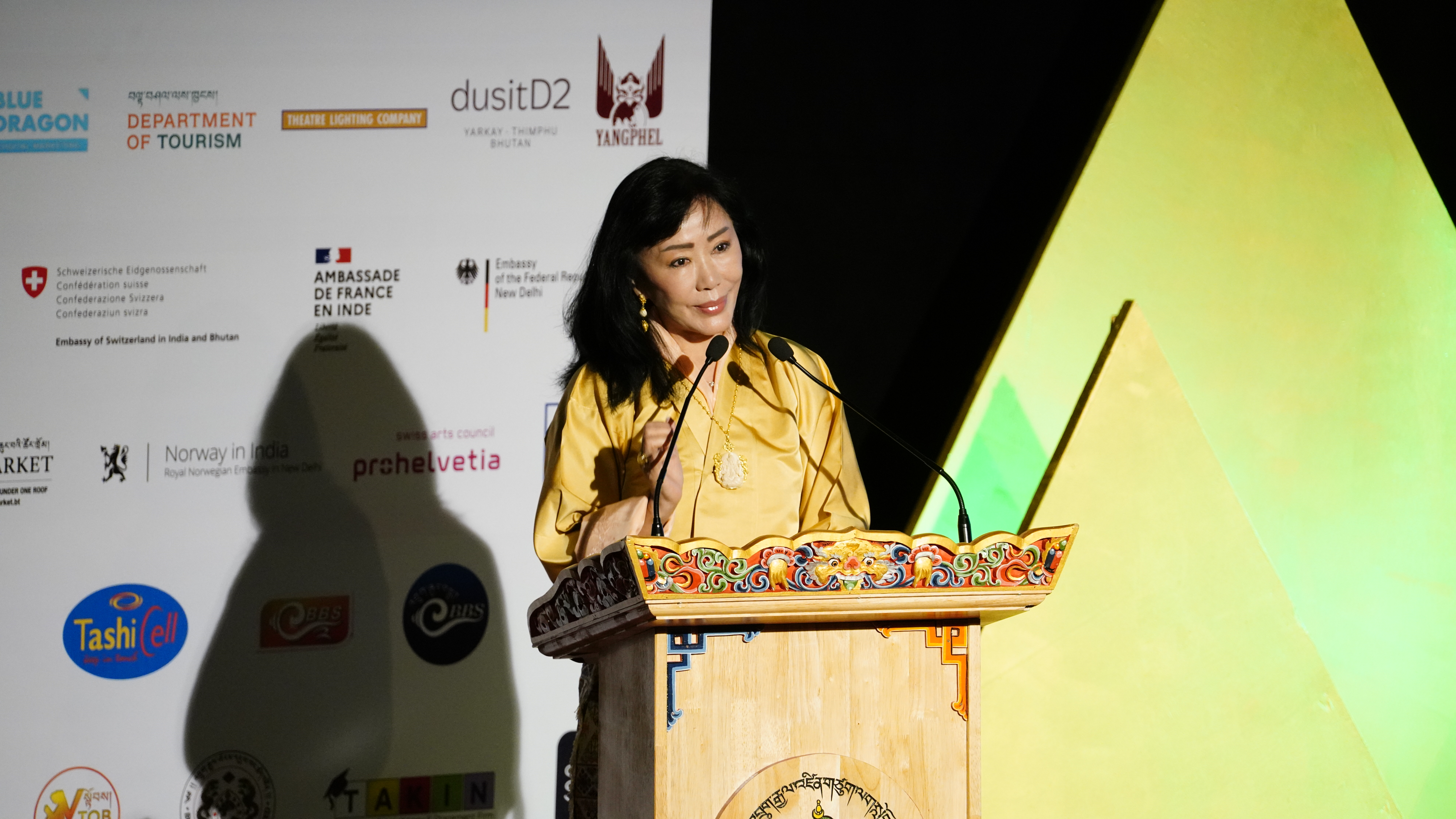About 14% of households in the country reported their rent being increased once a year while 12% reported house rent being increased twice a year, according to the Bhutan Living Standards Survey (BLSS) 2017, which was released recently.
Though 18% of households reported that their house rent increases once every two years and 19% of households reported their house rent being increased once every three years, more than one-third (36.3%) of households in the country could not give information on the frequency of the increase in house rent since they recently moved into the dwellings or for some other reasons.
The BLSS 2017, which was conducted in March and April this year, shows that the average monthly house rent in the country is about Nu 4,800. The average monthly house rent in urban areas is around Nu 5,300 while households in rural areas pay around Nu 3,100 per month.
According to the report, the mean monthly house rent is directly related to the per capita consumption quintile. Mean monthly house rent increases with the per capita consumption quintile.
Households in the richest quintile pay rents three times (Nu 6,310) more than the households in the poorest quintile (Nu1,781).
Among the dzongkhags, the average monthly rent is highest in Thimphu (Nu 6,800), followed by Tsirang and Wangduephodrang (around Nu 5,500); the lowest house rent is paid by the residents of Gasa (about Nu1,250) and Dagana (about Nu 2,000).
About two-thirds (62.5%) of households in Bhutan own their dwellings, less than one-third (28.6%) live in rented houses, and slightly less than one-tenth (8.8%) live in rent-free houses.
A large proportion of rural households (86.6%) own their dwellings while around 9% rent their dwellings. In urban areas, slightly less than one-fifth (19.0%) of households own their dwellings; less than two-third (63.5%) of households live in rented houses, while a smaller proportion (17.5%) live in rent-free dwellings.
As per the report, households residing in Thimphu Thromde pay the highest monthly rent of around Nu 7,000, followed by Gelephu Thromde (Nu 4,660), Phuentsholing Thromde (Nu 4,570), and Samdrup Jongkhar Thromde (Nu 4,150).
The mean number of rooms in the dwellings increases with the increase in the per capita consumption quintile, while the mean household size decreases with the increase in the per capita consumption quintile. This results in a decrease in room density.
More than one-third (35.9%) of households in Bhutan live in mud-bounded bricks or stonewalled dwellings, followed by those houses with cement-bounded bricks or stonewall (24.6%). Slightly more than one in every ten households (13.9%) have concrete wall and wood or branch wall (12.9%) in the country.
Almost all (99.5%) households have access to improved water sources. The majority of households have piped water in the dwellings and piped water in the compound.
About 63% of households responded that they have 24 hours access to drinking water and 92% of households in Bhutan have access to improved sanitation facility. Of which, 82% of households have access to flush toilet and 6% have pit latrine with a slab. Almost 3% of households have ventilated improved pit and 0.3% of household have composting toilet/eosin.
About 85% of households with access to improved sanitation facility do not share their toilet with another household while 6% of the households with improved sanitation facility share toilet with the public.
Among households with unimproved sanitation facility, the majority (91.1%) of households do not share their toilet with another household.
Almost all households have access to electricity in Bhutan, however, about 60% of households have faced one or more times of electric power failure/interruption lasting for at least one hour during the last 7 days.
The proportion of households that have experienced more frequency of power failure/interruption is highest in the rural areas (64.3%) as compared to urban areas (46.6%).
Pema Seldon from Thimphu













